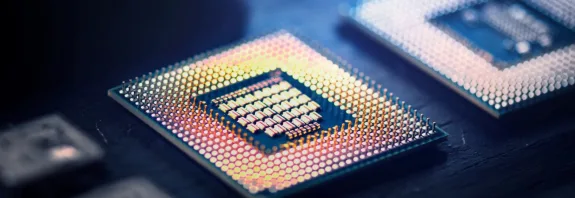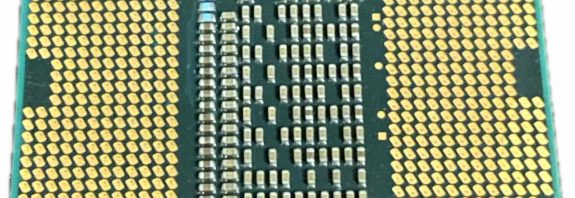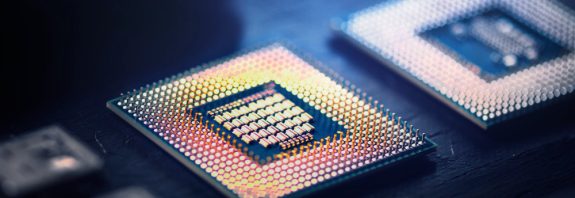How has the frequency of PC processors increased over time?

How has the frequency of PC processors increased over time? With time, technology is developing faster and faster, from electronic devices to software
This also applies to computers and their components, in particular processors. The processor is the main component of any computer, which is responsible for performing various tasks and calculations.
The first processors for personal computers, which were released in the 70s, had a very low frequency – from 0.1 to 0.5 MHz
Subsequently, in the late 70s, the first Intel 8088 microprocessor was created, which operated at a frequency of 4.77 MHz. It became the basis for the first IBM PC, which was released in 1981.
In the following decades, more and more productive processors appeared. For example, in 1985 the Intel 386 was released with a frequency of 16 MHz, and in 1993 – the Intel Pentium with a frequency of 60 MHz. Already at the end of the 90s, processors began to reach significantly higher frequencies. So, in 1999, the Intel Pentium III with a frequency of 1.13 GHz was released.
How has the frequency of PC processors increased over time?
In the 2000s, the speed of processors continued to increase. For example, in 2002, the Intel Pentium 4 with a frequency of 3.06 GHz was released. Subsequently, in 2006, the first processor with two cores was introduced – the Intel Pentium D, which operated at a frequency of 3.2 GHz on each core.
In the 2010s, processors became even more productive and efficient in their work. So, in 2011, Intel released the Intel Core i7-3960X processor with a frequency of 3.3 GHz.
Subsequently, in 2017, Intel released its most advanced desktop processor – the Intel Core i9-11900K, which has a frequency of up to 5.3 GHz
The increase in the speed of processors in recent decades is due to the development of technologies for the manufacture of semiconductor materials. Which are used to create processor chips. In addition, developers improve the processor architecture, adding new functions and improving performance.
It is important to note that processor frequency is not the only indicator of computer performance. Other parameters. Such as the number of cores, the amount of RAM and the speed of the disk also affect the speed of the computer. In addition, the speed of the processor may depend on the software used on the computer.
In today’s world, computers with fast processors are used in various fields, from scientific research to gaming. The increase in the speed of processors continues. So we can expect even more productive and efficient computers in the future.









